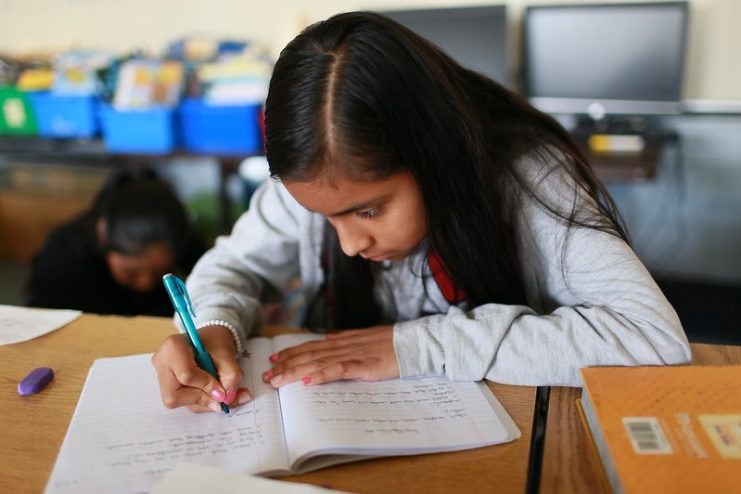
What will learning look like in 2020-21 and beyond?
The reality has set in for all of us – this pandemic is far from over. As we close this year, we are supporting our partner sites to reflect on the rapid learning they’ve experienced in these past two months, and to leverage that learning to prepare for next year. What supports will we need in place – for students, families, and teachers – in order to re-enter an uncertain school year? What have we learned about our values and priorities? What will we do differently in the fall and winter based on what we have learned?
Here is a synthesis of some common themes we are hearing across our sites as they prepare for next school year:
- Place our humanity and connection first. As we enter a new school year, we must keep in the front of our minds that we are a community in the midst of a crisis, and that many of us are struggling physically, emotionally, and economically. Above all else, we must take time to listen and to attend to the essential needs of all parties. It is only from this place of care and connection that we will be able to engage in successful learning.
- Shift from silos to collaboration. We are redesigning education at an impossibly fast pace as we adjust to distance learning. This process cannot and should not be done alone. Collaboration and alignment across schools is more important than ever. Teachers are finding that learning from one another’s expertise, be it technology, lesson planning, or methods of engaging students, is critical to finding success with distance learning. Students are also in need of one knowledge management system, rather than being asked to learn many different systems from multiple teachers.
- Partner with students, families, and teachers to reconsider our priorities. Goals for student and teacher learning may need to be revised in the current context. Before school and district leaders sit down to re-write, how can family, student, and teacher voices be brought into the conversation? What emerges as most important and what falls away as we educate in a health and economic crisis?
- Balance flexibility and structure. When it comes to both student and teacher learning, our partners are telling us that finding a healthy balance between flexibility and structure will be key in the coming year. Too much openness has left students and teachers feeling under-supported and left alone to figure out distance learning. But too much structure has felt overwhelming and harsh in this context. Some of our partners, for example, are planning to maintain the virtual teacher collaboration structure that they developed this spring, but want to begin to use data again, now that they have more experience with distance learning. With flexibility in mind, the concept of data will need to be more expansive than ever before, focusing on relevant data including information like text messages with students, chatbox responses, and screenshots.
While this shift in the way we lead and educate feels challenging, perhaps it is an opportunity to come back to the heart of why we teach. This list is a synthesis of our partners’ learning about how to adapt to distance education, but could it also be a road map towards a more integrated, compassionate education system? Let’s create systems that not only weather this storm, but set us up for a more just and caring future.

